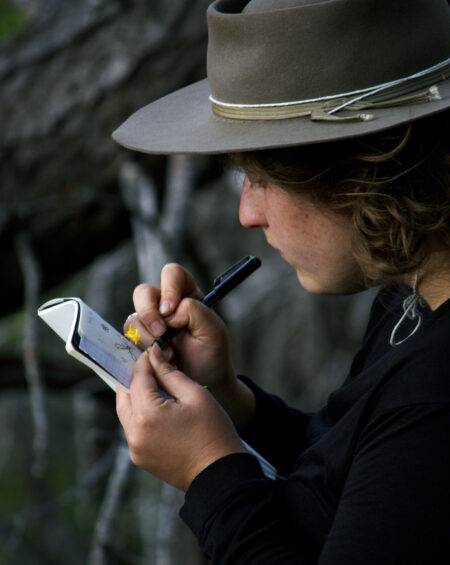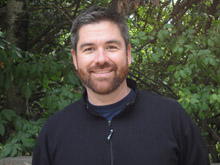Herbarium
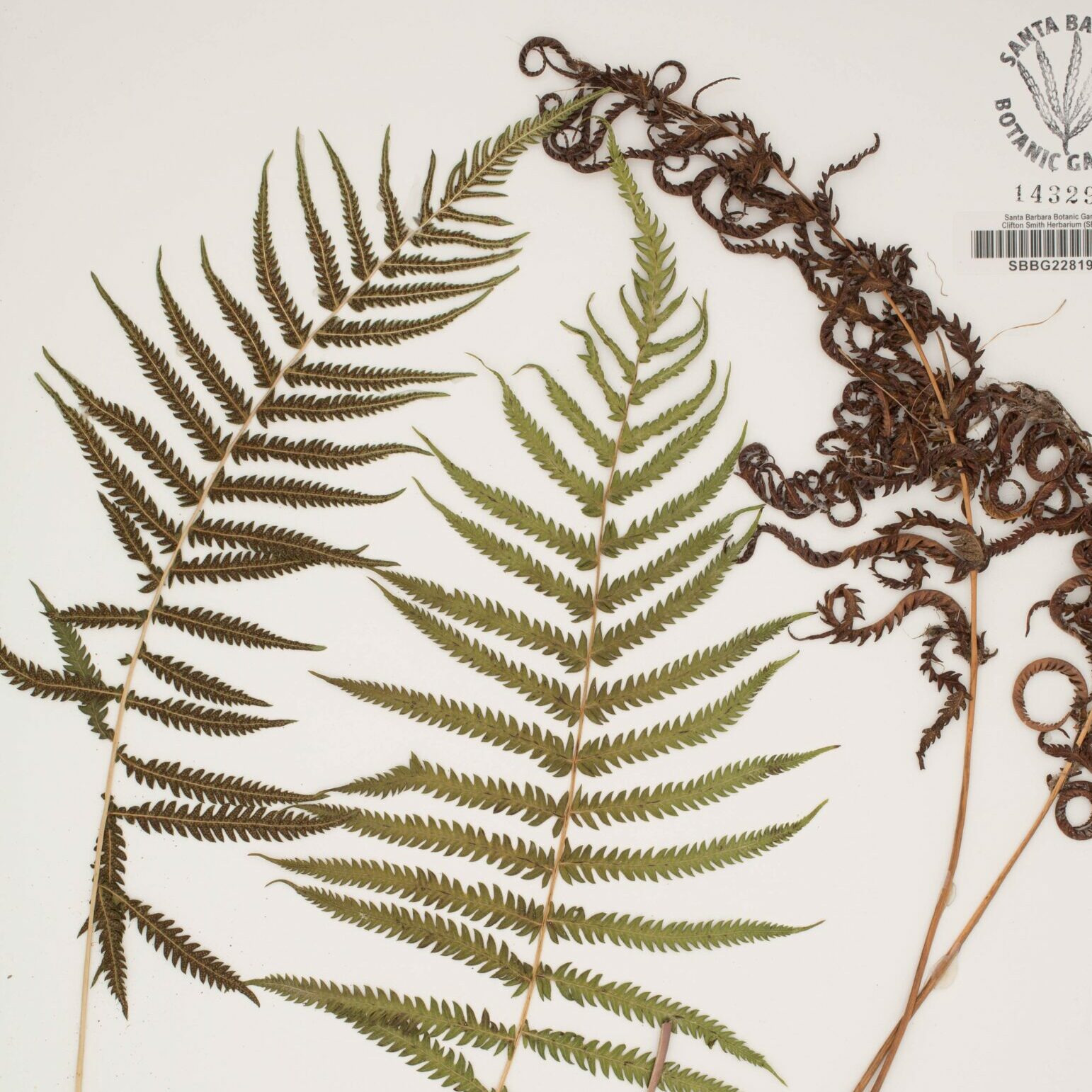
Research and Conservation
Understanding & Studying Global Biodiversity
Supporting our mission to conserve California’s native plants, Santa Barbara Botanic Garden is home to the Clifton Smith Herbarium, the Lichenarium, and the Fungarium. With a geographic focus on California and particular strength within the California Floristic Province and the Channel Islands, the Herbarium’s preserved plant specimens and accompanying data are used by local and national scientists to better understand and conserve the region’s biodiversity. In total, our collection contains more than 220,000 specimens and continues to grow each season.
220,000+
Our Clifton Smith Herbarium houses this approximate number of unique specimens of California’s native plants, lichen, and fungus (and a few nonnatives too).
1861
The cowbag clover (Trifolium depauperatum var. truncatum) was added to the Clifton Smith Herbarium by W. Brewer in this year.
115,000+
This is the number of high-resolution images of specimens available to our scientific peers and the public as we work to digitize our collection to better support collaboration.
Native Plants in the Garden
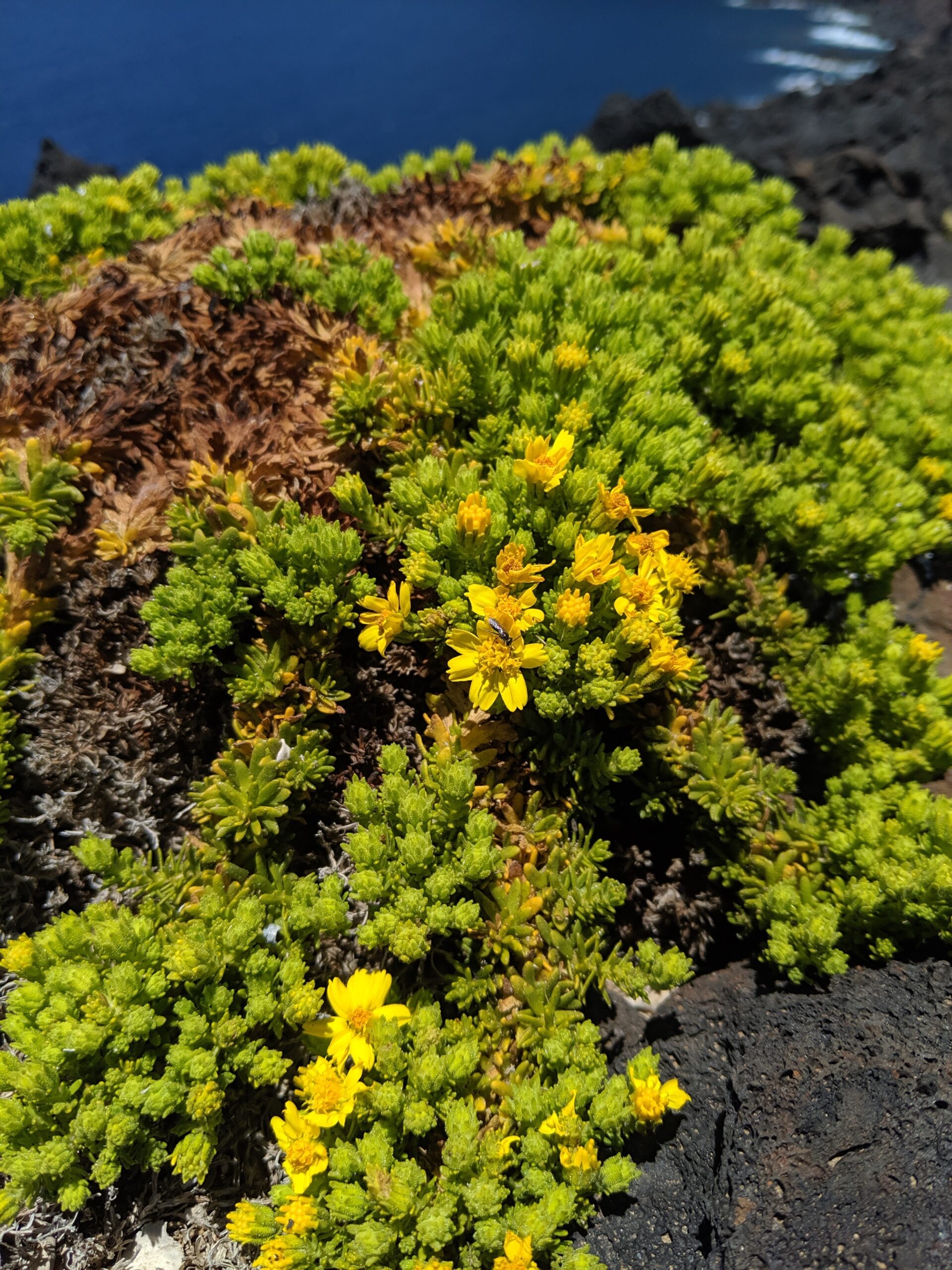
Greene’s Tarweed (Deinandra greeneana), a Guadalupe Island endemic
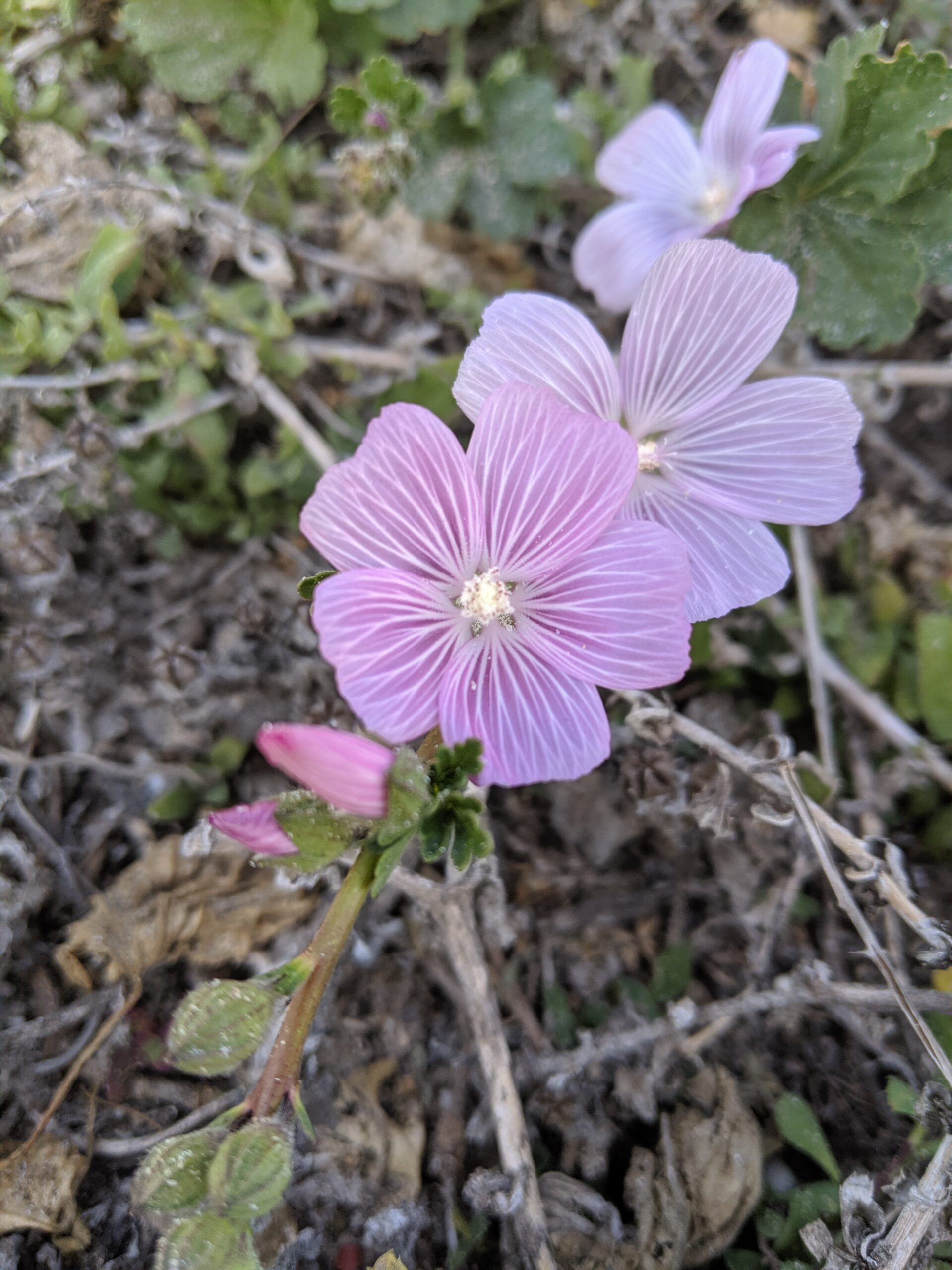
Diaphanous flowers of checker mallow (Sidalcea malviflora ssp. malviflora), observed on San Miguel Island, part of Channel Islands National Park
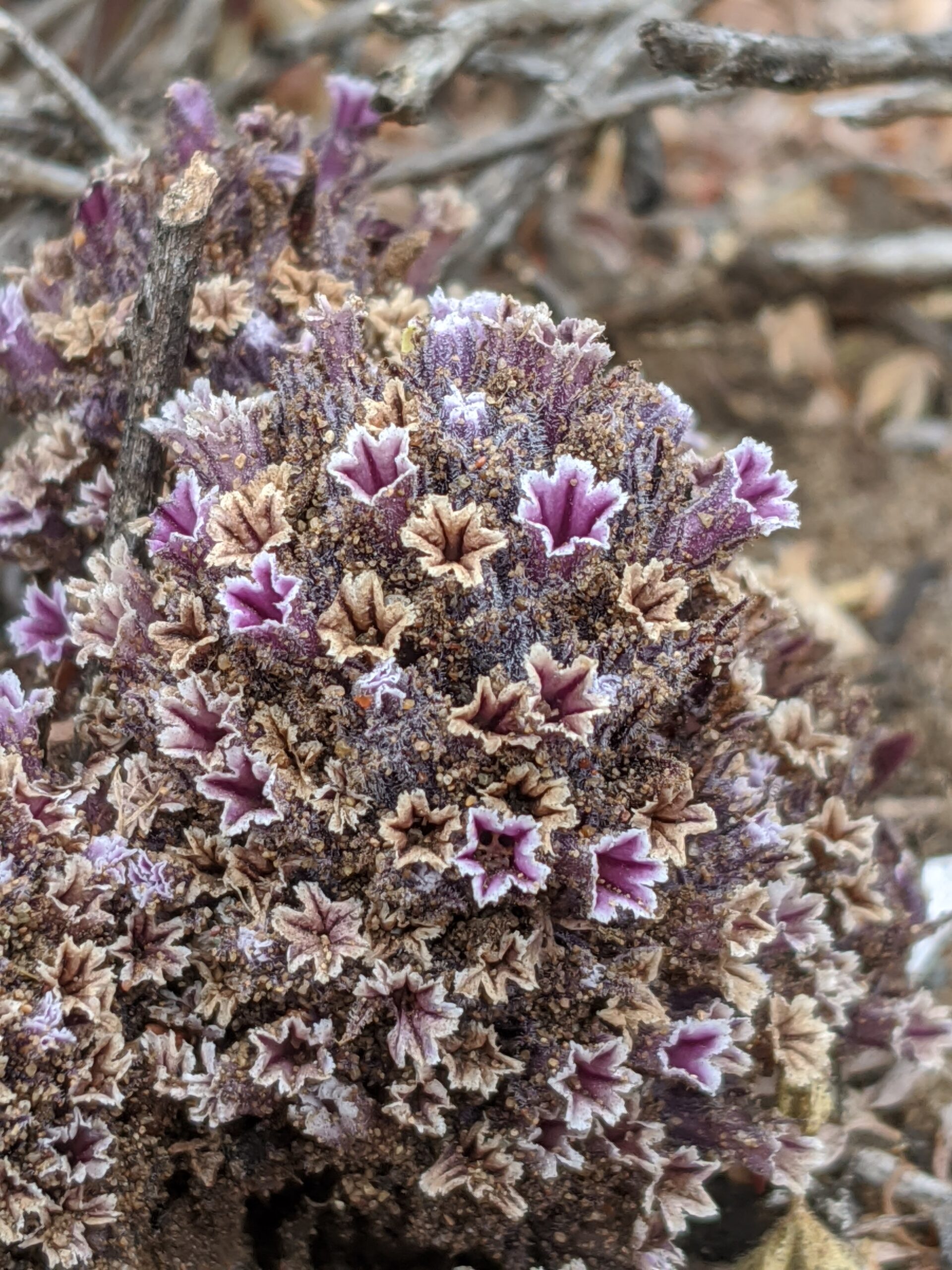
Root parasite desert Christmas tree (Pholisma arenarium), a relatively common member of the coastal dune community in the Morro Bay/Los Osos region
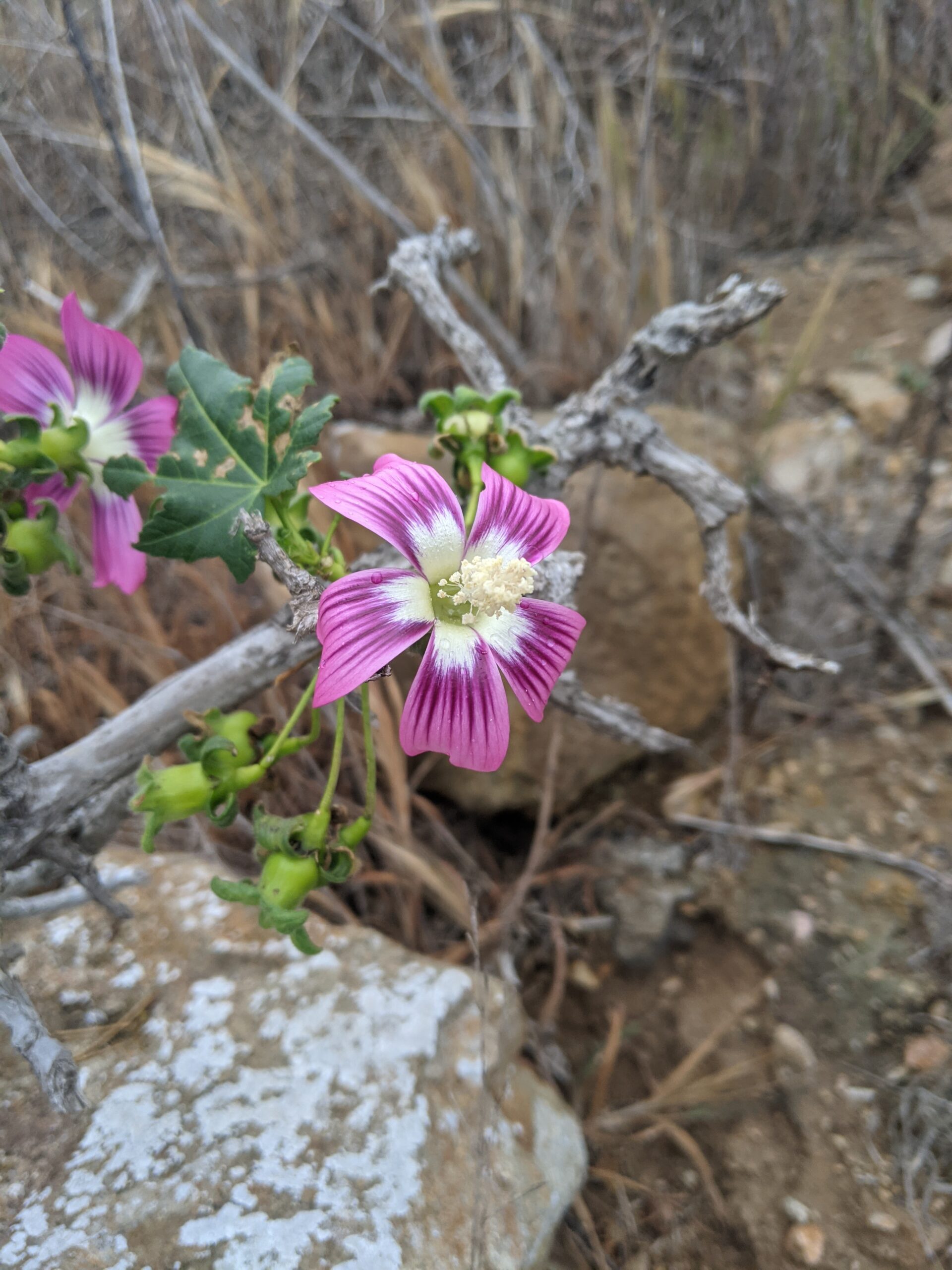
Flower of island mallow (Malva assurgentiflora ssp. glabra), from San Clemente Island
Central Coast & the Channel Islands
Vascular Plant Specimens
The Garden’s vascular plant specimens are housed in the Clifton Smith Herbarium, named for Clifton Smith (1920–1999), a local botanical expert and author of the book “A Flora of the Santa Barbara Region, California.”
Read More
Vascular plants — ferns, gymnosperms, and angiosperms — are typically preserved by taking a sample of a plant, pressing it flat, and drying it thoroughly. After pressing and drying, samples are glued to archival, acid-free paper along with a label providing information about the collection. The official Index Herbarium initials of the Clifton Smith Herbarium is “SBBG.” Preserved in this way and properly curated, herbarium specimens may last centuries. This provides an invaluable, through-time record of plant biodiversity.
The Garden’s Herbarium houses approximately 165,000 vascular plant specimens, with a regional emphasis on the Tri-Counties (San Luis Obispo, Santa Barbara, and Ventura counties) and the Channel Islands. In fact, it is the designated repository for specimens collected from Channel Islands National Park (Index Herbariorum initials “CHIS”). The Herbarium also has strong representation from the Santa Monica Mountains National Recreation Area, the Los Padres National Forest, Camp Roberts, Camp San Luis Obispo, and Fort Hunter Liggett.
Principal collections of the Herbarium include E. R. (Jim) Blakley (Santa Barbara region), E. R. Chandler, Hugh and Margaret Dearing (California), Clare Hardham (Santa Lucia Mountains), Ralph Hoffmann (the Channel Islands and the Mojave Desert), Steve Junak (California Islands), Martin Piehl (Channel Islands), and Clifton Smith (Santa Barbara region).
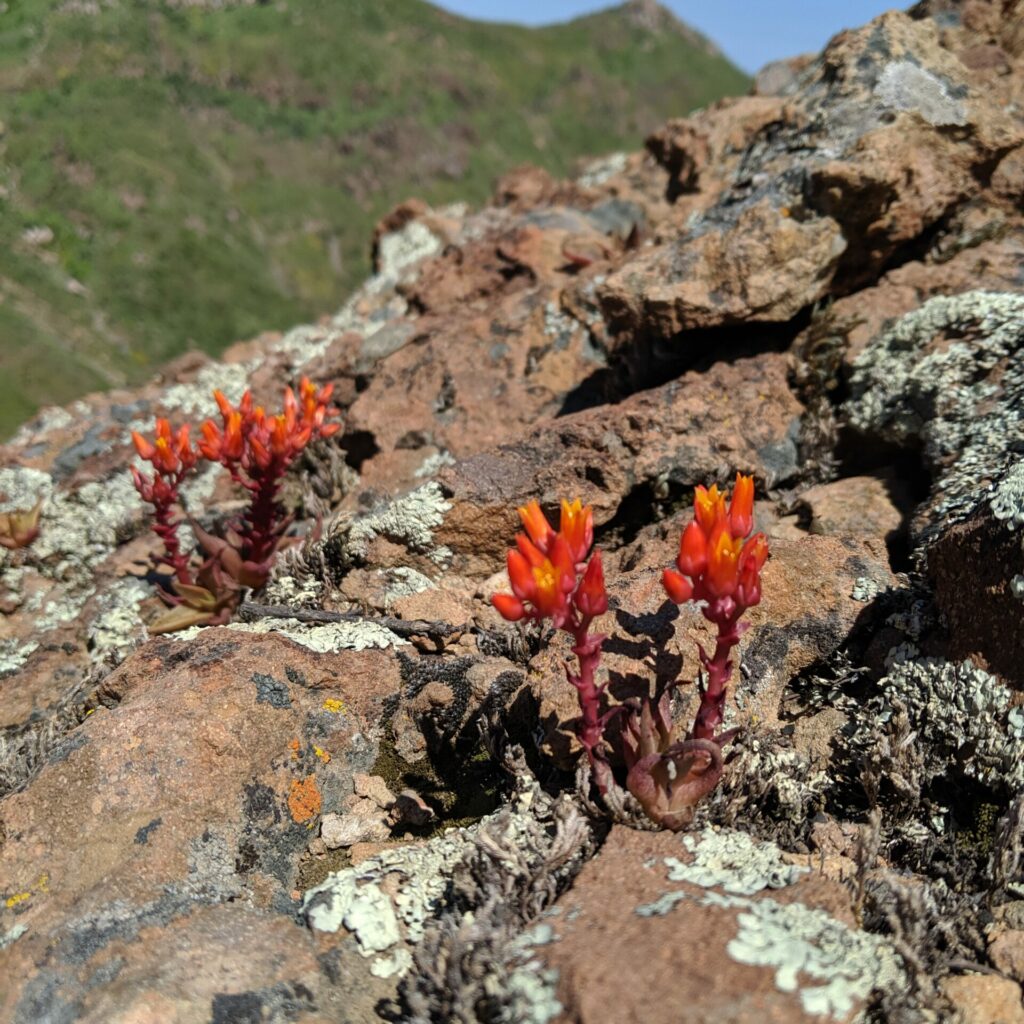
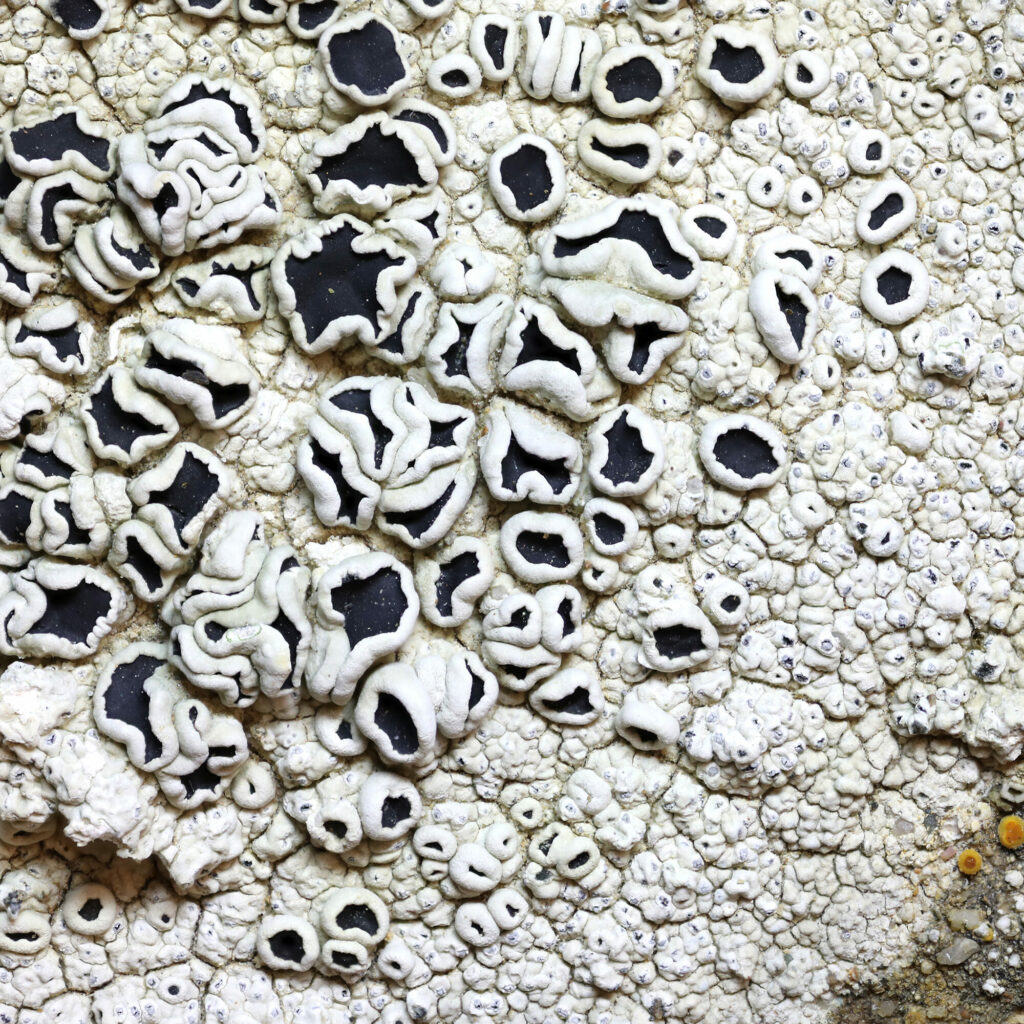
The Lichenarium
A Community in Harmony
What is a lichenarium? Just like plant specimens can be preserved in an herbarium, lichen specimens are preserved in a lichenarium. Lichens are small ecosystems consisting of several organisms — one or more fungi for structure, algae and/or cyanobacteria for photosynthesis, and other bacteria that we’re still learning about — knitted together into one body. Lichens are therefore not plants, so the lichenarium is separate from the herbarium.
Read More
Lichens are often firmly attached to the substrates on which they grow, so in order to collect and preserve them, it is necessary to collect little pieces of the bark, rock, or soil as well. These substrates sometimes make collections bulky which prevent them from being pressed and mounted on regular herbarium sheets. Sometimes, a specimen on a rock will require a small box for storage, but most lichens can be kept in 4-by-6-inch envelopes.
With the oldest lichen specimen dating back to 1864, the Garden’s Lichenarium holds over 55,000 lichen specimens, more than 65% of which were collected in California. The best represented regions in our Lichenarium are the Channel Islands, Southern California, and the central coast, but a few specimens come from as far away as Antarctica. Two women, Charis Bratt and Shirley Tucker, Ph.D., contributed the largest part (over 23,000 specimens) of our collection.
Going Digital
Global Partnerships
We maintain several web-accessible databases that provide information and other resources pertaining to our specimen holdings. Our significant digital presence greatly increases the accessibility of our specimens and facilitates their usage through both traditional and novel applications. High-resolution images have been used in place of physical specimens in a number of standard botanical studies, which avoids the need to package and ship specimens to scientists around the world — a practice that is costly and slow and comes with the risk of damage or loss.
Vascular Plant Specimen Records
Our vascular plant specimen records from the Herbarium are available through the Consortium of California Herbaria Portal 2, which is an online repository of plant specimen data from participating herbaria across the state. High-resolution digital images of over 80,000 of our specimens, along with nearly 1 million from other California herbaria, are also available.
Lichen Specimen Records
The Garden’s lichen specimen records are maintained on the Consortium of North American Lichen Herbaria while the Garden’s macrofungus specimen records are maintained on the Mycology Collections data Portal.
Digital Specimen Records
Our digital specimen data are being used in exciting, new ways. Specimen metadata, such as when a specimen was collected or what it was growing with, are increasingly being used to better answer some of the most urgent questions of our time, such as those pertaining to global climate change. For example, specimen data is being used to assess if plants are germinating and flowering earlier than usual given our warming climate, a potentially worrisome pattern that may result in a decoupling of plants and their ecosystem partners (e.g., pollinators).
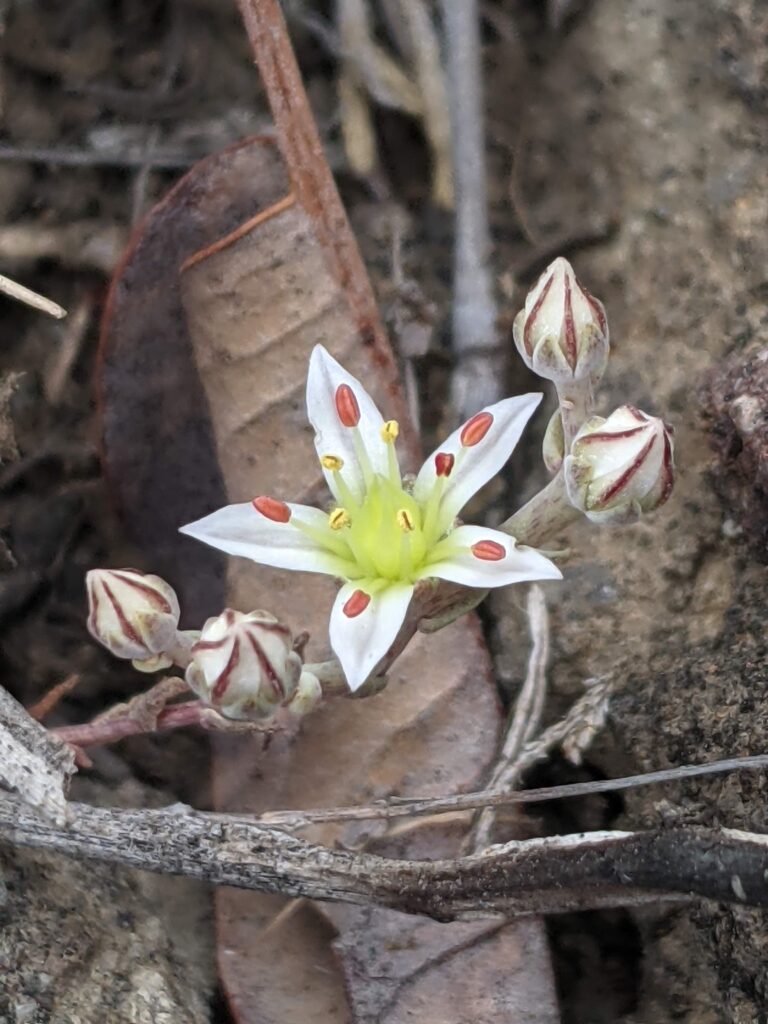
Meet the Team
Access the Herbarium
Specimen loans may be made to accredited herbaria at the discretion of the curator. For general loan information or for questions regarding loans from the vascular plant or macrofungus collections or for lichen specimen loans, please submit a request.
Specimens may also be viewed in person at the Garden by appointment only. Same-day requests typically cannot be accommodated.
 Donate
Donate